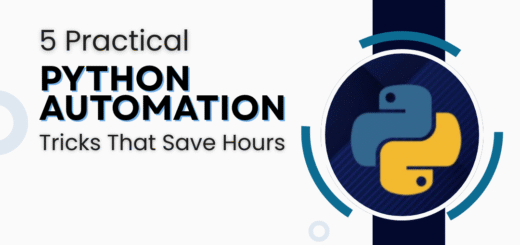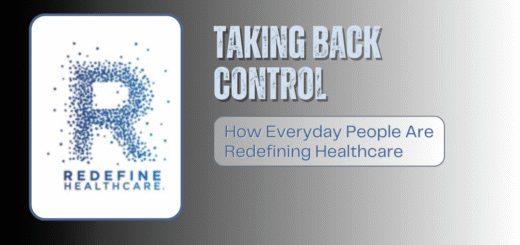The Silent Revolution: How Healthcare’s Real Transformation Isn’t About Tech
You can buy the most advanced MRI machine, develop the slickest health app, or train AI to diagnose rare diseases—but none of it matters if people don’t trust the system. Across waiting rooms and operating theaters, a quieter revolution is unfolding: healthcare is finally remembering it’s about humans, not just hardware.
When Patients Stopped Being Patients
Sarah Chen’s diabetes management used to consist of quarterly scoldings from her endocrinologist. Today, she adjusts her insulin pump in real-time using continuous glucose monitor data, participates in a peer-led digital support group, and emails her care team weekly updates—all before breakfast.
This isn’t exceptional anymore. It’s the new normal:
- The Rise of the Expert Patient: Platforms like PatientsLikeMe have created armies of laypeople who understand their conditions better than some general practitioners. The Mayo Clinic now trains doctors in “peer-to-peer medicine”—learning from patient communities.
- The Death of the White Coat God Complex: At UCSF’s new clinic model, physicians share decision-making power through “treatment menus” where risks/benefits are presented like restaurant choices. No more paternalistic medicine.
- The Unexpected Consequence: Some specialists report pushback when patients arrive with questionable internet research. “It’s about validating their research, not dismissing it,” explains Dr. Markham, an oncologist who now starts visits by asking, “What have you read about this?”
The Hospital Where Nobody Wants to Work
While we obsess over robot nurses, we’re missing the real crisis: healthcare’s culture problem. A 2023 study found 63% of nurses would quit if they could. The solution isn’t more tech—it’s rebuilding broken systems:
- The Pittsburgh Experiment: UPMC redesigned nursing shifts to eliminate “charting marathons.” By cutting just two hours of paperwork daily through voice-AI documentation, nurse retention jumped 40%.
- The Scandinavian Secret: Danish hospitals employ “care coordinators”—non-clinical staff who handle logistics so doctors can actually examine patients. Their secret? Recognizing that every minute spent fighting insurance is a minute stolen from care.
- The Japanese Counterintuitive Approach: Stressed Tokyo ER doctors now have mandatory “tea and reflection” breaks. Paradoxically, this “wasted time” reduced diagnostic errors by 17%.
When Algorithms Need Anthropology Degrees
The biggest failures in digital health happen when engineers forget culture matters:
- The Fitbit Fiasco: When activity trackers flooded Middle Eastern markets, designers didn’t consider that some women couldn’t wear wrist devices in public. The solution? A discreet ankle monitor designed with local input.
- The Telemedicine Divide: Rural elderly in Appalachia were skipping virtual visits until providers realized the problem wasn’t tech literacy—it was the humiliation of showing doctors their impoverished homes. Curtained “telehealth corners” solved it.
- The AI That Offended Grandma: An Australian medication reminder bot kept getting disabled until developers realized its cheerful tone felt condescending to elders. The fix? Let users choose between “grandchild” and “pharmacist” voice styles.
The Unexpected Heroes of Healthcare’s Culture Shift
Meet the unlikely change-makers:
- Hospital Janitors now trained in “therapeutic cleaning”—engaging isolated patients in conversation while disinfecting rooms. At Humber River Hospital, this reduced falls by 22%.
- Cafeteria Workers doubling as nutrition coaches in Cleveland Clinic’s “Food is Medicine” program. Their secret? “We speak human, not medicalese.”
- The IT Guy Who Became a Therapist: At Stanford, a tech support worker noticed elderly patients struggling with portals. He now runs “device petting zoos” where touching screens isn’t embarrassing.
The Radical Idea That Might Save Healthcare
What if we stopped calling it “healthcare” and started calling it “life care”?
- Detroit’s “Prescriptions for Groceries” program cuts HbA1c levels faster than any new diabetes drug—by addressing food insecurity first.
- Portugal’s “Housing First” approach to mentally ill homeless patients reduced ER visits more than any psychiatric innovation.
- The Canadian OB-GYN who reduced C-sections simply by redesigning delivery rooms to allow traditional birthing positions ignored by modern medicine.
The Hard Truth No Tech Bro Wants to Hear
The next billion-dollar healthcare breakthrough won’t come from an algorithm or robot. It will come from finally recognizing that:
- A nurse’s hand on a shoulder heals as much as any drug
- Sometimes the best “AI” is actually “Attentive Interaction”
- And no amount of innovation can replace looking someone in the eye and saying, “I have time for your questions”
The future of healthcare isn’t in the cloud—it’s in the human connections we’ve neglected for too long. The machines can help, but only if we remember who they’re serving.


